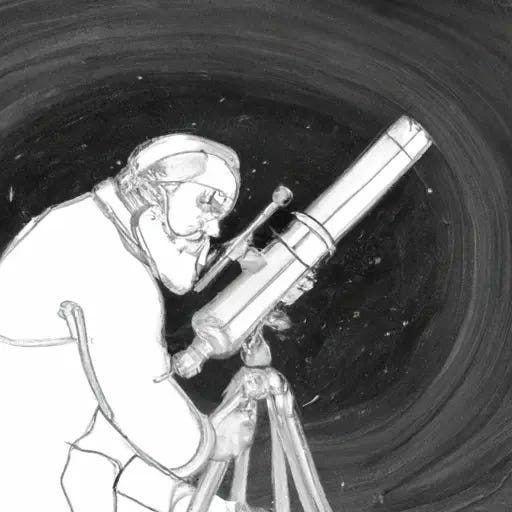Tool-driven Scientific Revolutions
An excerpt from a Freeman Dyson talk0,
Scientific revolutions are more often driven by new tools than by new concepts. Thomas Kuhn in his famous book, “The Structure of Scientific Revolutions”, talked almost exclusively about concepts and hardly at all about tools. His idea of a scientific revolution is based on a single example, the revolution in theoretical physics that occurred in the 1920s with the advent of quantum mechanics. This was a prime example of a concept-driven revolution. Kuhn’s book was so brilliantly written that it became an instant classic. It misled a whole generation of students and historians of science into believing that all scientific revolutions are concept-driven. The concept-driven revolutions are the ones that attract the most attention and have the greatest impact on public awareness of science, but in fact they are comparatively rare.
In the last five hundred years we have had six major concept-driven revolutions, associated with the names of Copernicus, Newton, Darwin, Maxwell, Einstein and Freud, besides the quantum-mechanical revolution that Kuhn took as his model. During the same period there have been about twenty tool-driven revolutions, not so impressive to the general public but of equal importance to the progress of science. I will not attempt to make a complete list of tool-driven revolutions.
Two prime examples are the Galilean revolution resulting from the use of the telescope in astronomy, and the Crick–Watson revolution resulting from the use of X-ray diffraction to determine the structure of big molecules in biology. The effect of a concept-driven revolution is to explain old things in new ways. The effect of a tool-driven revolution is to discover new things that have to be explained. In physics there has been a preponderance of tool-driven revolutions. We have been more successful in discovering new things than in explaining old ones.
Freeman J. Dyson
0I tracked down the source from Steven Sinofsky's excerpt, which turned out to be a talk that Freeman Dyson had given to celebrate George Green, the mathematical physicist. You can find it in a collection of papers published as Birds and Frogs, Selected Papers, 1990-2014.
Green was self-taught, only receiving one year of formal schooling (when he was 8). Nevertheless, he self-published his most famous work, An Essay on the Application of Mathematical Analysis to the Theories of Electricity and Magnetism (he didn't submit it to a journal because he had no formal education).

